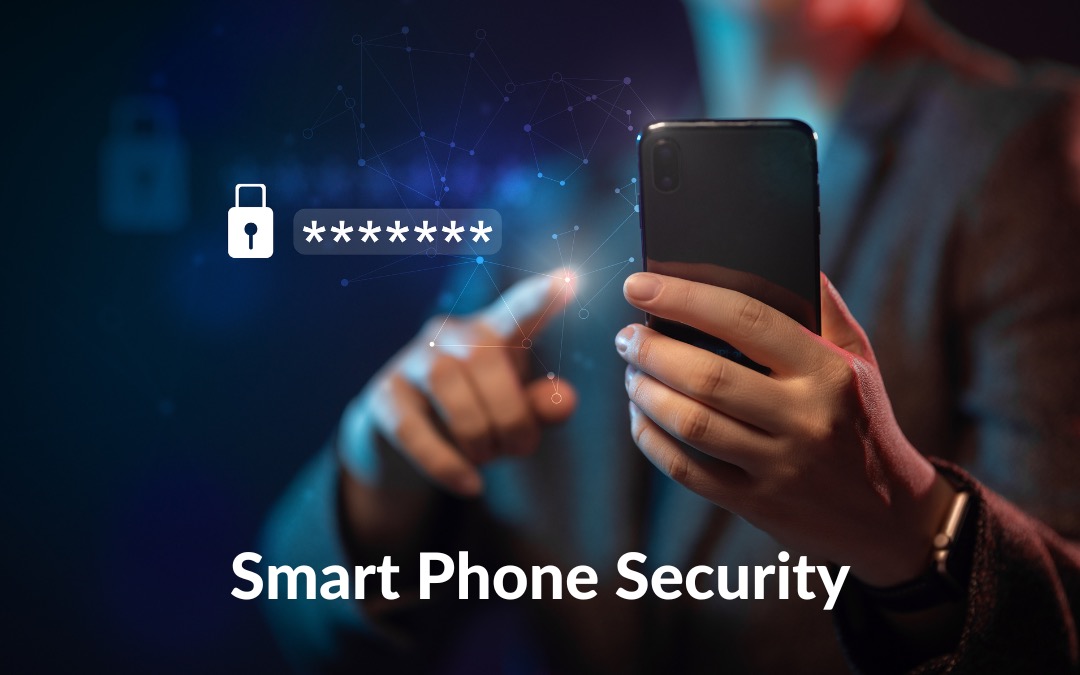Tip 1: Keep Your Systems Updated
Make sure to update your phone’s software regularly. While updates can be annoying, they help protect you from potential vulnerabilities and keep your data secure.
Tip 2: Be Mindful of App Installations
Exercise caution when installing apps on your smartphone, especially if you have an Android device. Pay attention to the permissions apps request and think twice before granting access to sensitive information. Avoid downloading apps from unfamiliar websites as they may contain malicious software.
Tip 3: Review App Permissions
Take a few minutes to review the permissions granted to each app on your smartphone. On iOS, go to Settings > Privacy for relevant information. Use security apps like Avast or McAfee on Android devices to monitor app permissions and receive alerts about potential threats.
Tip 4: Secure Your Device with a Strong Passcode
Set a strong passcode on your Android or iOS device and avoid using features like “smart unlock” that can bypass the lock screen. Consider additional security measures such as fingerprints or facial recognition authentication.
Tip 5: Use Tracking & Locking Tools
Enable services like Find My Device in Apple iCloud or Google so that you can locate your phone remotely if it gets stolen. Set it up to erase itself after several incorrect passcode attempts, and use the ringing feature if needed.
Tip 6: Don’t Leave Online Services Unlocked
Leaving online services unlocked on your phone puts you at risk of identity theft, data breaches, malware infections, and other cybercrimes. Avoid using auto-login features altogether if possible; otherwise, utilize a password manager app that requires re-entering a master password regularly. Also, ensure that each password is unique for every site/app/service you use.
7. Create a Cyber Alter Ego
Try this challenge: see if anyone can hack into your phone by following these tips! Unfortunately, hackers are pretty sneaky and may still be able to access your information without physically getting a hold of your device. To protect yourself, use a fake identity on social media platforms like Facebook. Make up details that would be hard to guess, such as being born in 1999 to Mrs. Victoria Beckham (formerly known as Adams). Also, remember the settings you’ve chosen so you don’t accidentally lock yourself out.
8. Watch Out for Open Wi-Fi
Using an open wireless network puts your online activities at risk of being snooped on by others. Don’t take any chances – if you’re unsure about the safety of a network, avoid connecting to it altogether. Instead, rely on your phone’s mobile internet connection or consider using a private VPN (Virtual Private Network) that encrypts your traffic and keeps it secure from prying eyes.
9. Keep Your Lock Screen Notifications Locked Down
Take a moment to think about the kind of information that shows up on your lock screen notifications from various apps – this could potentially give away valuable clues to potential thieves! To safeguard against this, restrict access to Siri from the lock screen on iOS devices through Settings > Touch ID & Passcode > Disable Siri on Lock Screen.
10. Secure Individual Apps with Extra Protection
While having a passcode is great for overall device security, what happens if someone manages to get their hands on your unlocked phone? Consider locking individual apps with an additional passcode for added security and peace of mind. For Android users, there are plenty of free app options available such as AVG AntiVirus Free that provide this feature. iOS users can check out Folder Lock for password-protecting documents and folders downloaded from the App Store.
11. Install an Early Warning System for Your Phone’s Whereabouts
Imagine this: you’re out in public and suddenly your Apple Watch or Android Wear device notifies you that it has lost Bluetooth connection with your phone. This could be a sign that someone has swiped your phone right from under your nose! Take advantage of this alert by ringing your phone immediately, which will draw attention to the thief and possibly prompt them to drop it. Another option is to remotely lock the phone before any sensitive data can be accessed or stolen. Investing in a smartwatch can help keep an eye on your phone’s safety.
12. Background Applications Need Monitoring Too
Boost the security of your smartphone by taking precautionary measures directly on the device itself, as well as using online services like LogDog for extra protection. Available for both Android and iOS, LogDog keeps an eye on sites where you have accounts such as Gmail, Dropbox, and Facebook, sending alerts if any suspicious activity is detected. It even scans through your emails to identify any sensitive information present, like financial details or passwords – giving you the power to delete them immediately if necessary.


